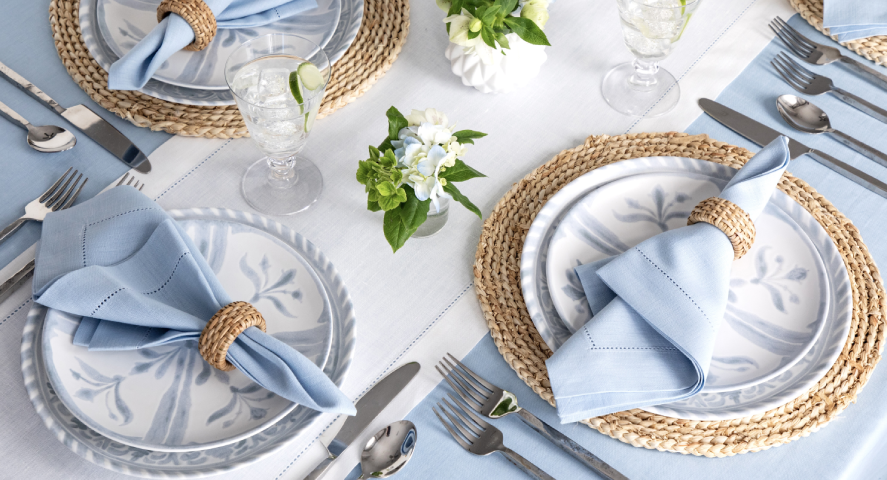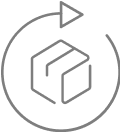Where linen originates is important. By ‘originate’ we mean where the flax seed is grown (rather than where the linen is manufactured).
Much is made of Italian linen, but you’ll find that the fibers used to make this material are grown in Belgium, France or the Netherlands. That’s because the soil in these countries tends to be rich and the climate cool – exactly the conditions in which the flax plant thrives.
And, although other countries grow decent flax – such as China and even here in the USA – the European countries excel at it.
Flax and sustainability
Growing flax is a sustainable process – for many reasons. One of the biggest is the fact that the plant uses very little water. As a result, there is no large-scale irrigation involved as there is with the growing of many other crops. And, as well as very little water being needed, no pesticides, fungicides, or herbicides are required either – which is excellent news for those living nearby.
When it comes to harvesting, most of the plant is used. The fibers in the stalk are used to make linen, while the flax seeds are converted into oil or left as they are to be added to cereal and other foodstuffs.
Once the fibers are woven to produce linen, the material itself is sustainable thanks to the fact it lasts for so long. It’s not unheard of, for instance, for linen to be passed down through three generations or more of one family. And, even when it is finally thrown out, the material is biodegradable.
@tortoiseandlady: “As we move to a more sustainable economy I am sure we will see this fabric featured a lot more often. Linen is a fiber that has been entwined with human history for a very long time, and I am sure we will continue to rely on it for many more years to come.”
Caring for your linen
Linen doesn’t require much looking after to continue to look and feel good – which is why it’s the ideal material for curtains, upholstery and table cloths.
It can be machine washed on a cool programme, for instance. This is handy if it’s curtains you happen to be planning to clean. Smaller items can be hand-washed if you prefer and linen can even be professionally dry cleaned.
It’s worth noting though, if you intend to hand wash your linen, that it shouldn’t be rubbed or twisted as this can damage the fibers in the cloth. Hot water will also damage the fibers and, in fact, can cause the material to shrink. Never bleach your linen fabric either.
Other benefits of linen
And, if the beauty of linen material, ease of washing and sustainability weren’t enough, you’ll also find that the fabric is breathable and moisture-resistant. This means it can regulate body temperature to the extent the material proves cooling in warm temperatures, but also warming in the cold. This makes it ideal for bedding and clothing too.
And, finally, as if all of the above weren’t impressive enough, linen is also hypoallergenic – which is great for those who suffer from respiratory problems or allergies in general.
















